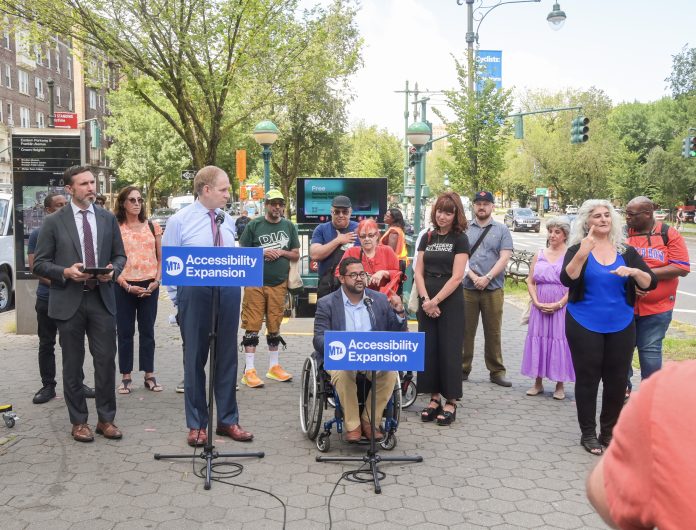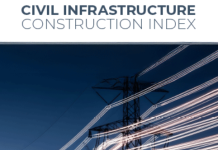
New York Construction Report staff writer
The Metropolitan Transportation Authority (MTA) has announced 12 additional stations that will receive elevators and other accessibility improvements under the upcoming 2025–2029 Capital Plan.
uUpgrades are part of a broader initiative to make at least 60 more subway stations Americans with Disabilities Act (ADA) accessible, ensuring that nearly 70 percent of all subway rides begin or end at an accessible station. The latest announcement comes during Disability Pride Month and reflects the MTA’s commitment to increasing transit equity citywide.
Stations slated for improvements span four boroughs:
- 53rd Street
- 63rd Drive–Rego Park
- 190th Street
- Bedford–Nostrand Avenues
- Botanic Garden
- Cathedral Parkway–110th Street
- Eastchester–Dyre Avenue
- Fordham Road
- Franklin Avenue–Medgar Evers College
- Grand Army Plaza
- Grand Avenue–Newtown
- Woodlawn
Station selections were determined by geographic distribution, ridership levels, transfer points, demographic data, and community priorities. For the first time, public feedback was directly integrated into the process, with more than 2,000 New Yorkers using an online tool to submit their accessibility needs.
Als, the 2025–2029 plan includes the modernization or replacement of 45 existing subway elevators. The MTA says it is now completing accessibility projects at five times the rate of previous years, having already made 36 stations ADA-compliant since 2020—twice the number completed in the previous six years.
Funding for upgrades will come rom the MTA’s fully funded capital program and revenues from New York’s congestion pricing initiative. Additional ADA improvements are also planned at 23 stations as part of congestion pricing investments.
The MTA’s accessibility initiative includes not only people with disabilities, but also families with strollers, seniors, and visitors, reinforcing the agency’s broader goal of making the subway more inclusive for all riders.









